As already mentioned, the largest contiguous forest on the Pest side lies here, in the 17th District. Perhaps its great tradition could not have developed either because it is extremely young: some parts are only a few tens of years old, before that, there was a grassy sand desert in its territory mostly. It is crucial for its location that the border of Budapest before enlargement stretched here.
Another important factor is the proximity of Budapest's largest cemetery, the Rákoskeresztúr New Public Cemetery. The graveyard already existed when Budapest was established, and the administrative border was adjusted to the cemetery: it was drawn just 200 metres from its present fence. Rákoskeresztúr is a good few kilometres east of here, yet the cemetery got its name after it.
.jpg)
The large grassy parking lot at the "entrance" with a chemical toilet (Photo: Dávid Palotás/pestbuda.hu)
There are several routes to approach the forest, but Pestbuda recommends the beautifully designed study trail and also encourages the readers to try out the run track. The forest today mainly belongs to the 17th District, the area is bordered by Liszt Ferenc Airport, the New Public Cemetery, Rákoshegy, and Pestszentlőrinc.
If visitors are going by public transport, it is worth getting on bus 46, which circles in the outer districts. Újpalota, Nyírpalota (Pólus Centre) is the northern terminus, but it crosses the 16th District (Mátyásföld, Cinkota) and even goes around the 17th District nicely before travellers are getting off at Újmajori Street. Another option is to travel directly from Örs Vezér Square by bus 168E to Újmajori Street. The start of the study trail and running track is less than 300 metres from the bus stop. In front of it is a nice, large, grassy parking lot for those arriving by car. Unfortunately, there is no bike rack at the moment.
Fortunately, as is typical of most parks in the capital today, there is an informative study trail here. It is 5 km long, but due to the abundance of information boards and other stops, plan to spend a two-hour walk at a comfortable pace here.
.jpg) Plenty of information at the fork in the road (Photo: Dávid Palotás/pestbuda.hu)
Plenty of information at the fork in the road (Photo: Dávid Palotás/pestbuda.hu)
The history of the forest must be mentioned in a few sentences because it is closely connected with the history of Budapest since its establishment. When Budapest was established at the end of the 19th century (1873), east, south and north of the residential areas on the Pest side were essentially grazing livestock or open-grass-sandy soil. Let us not forget that the core settlements of the outer districts, such as Rákospalota and Rákosszentmihály (mainly the uninhabited area between the two), or Szentlőrinc, Rákoskeresztúr, Mátyásföld were located several kilometres from today's inner districts.
Outside the inner railway ring road, the built-up was minimal, and so was the population. Jókai repeatedly mentioned that during major windstorms, the “sirocco” invades the city and blows the city full of sand. Finally, before the turn of the century, it was decided to install the administrative boundary with a forest strip. In practice, this meant an area of 100 fathoms (about 183 metres) wide, around the Pest side. By the turn of the century, the invading sandstorms had ceased, so it was a clever move on the part of the city administration at the time.
Indigenous tree species have been planted, so today the northern, cemetery-side part of the Forest of Keresztúr consists mainly of oak trees, this is the Határ Forest, which has survived ever since. The acacia is an installation planted 70 years later, but let us not run so far ahead. Looking at the map of Budapest today, this forest strip is still in many places, it almost draws the former administrative border of the capital. To mention a few examples, such as the forest lane at the southern end of Ferencváros, or the forest lane between Határ Road and KÖKI (Kőbánya-Kispest) metro stations. In the same way, there is a forest strip starting from the Füredi Road in Zugló all the way to the Rákos Stream at Sashalom. The forest strip is no longer visible further just because the outer railway ring has become the border.
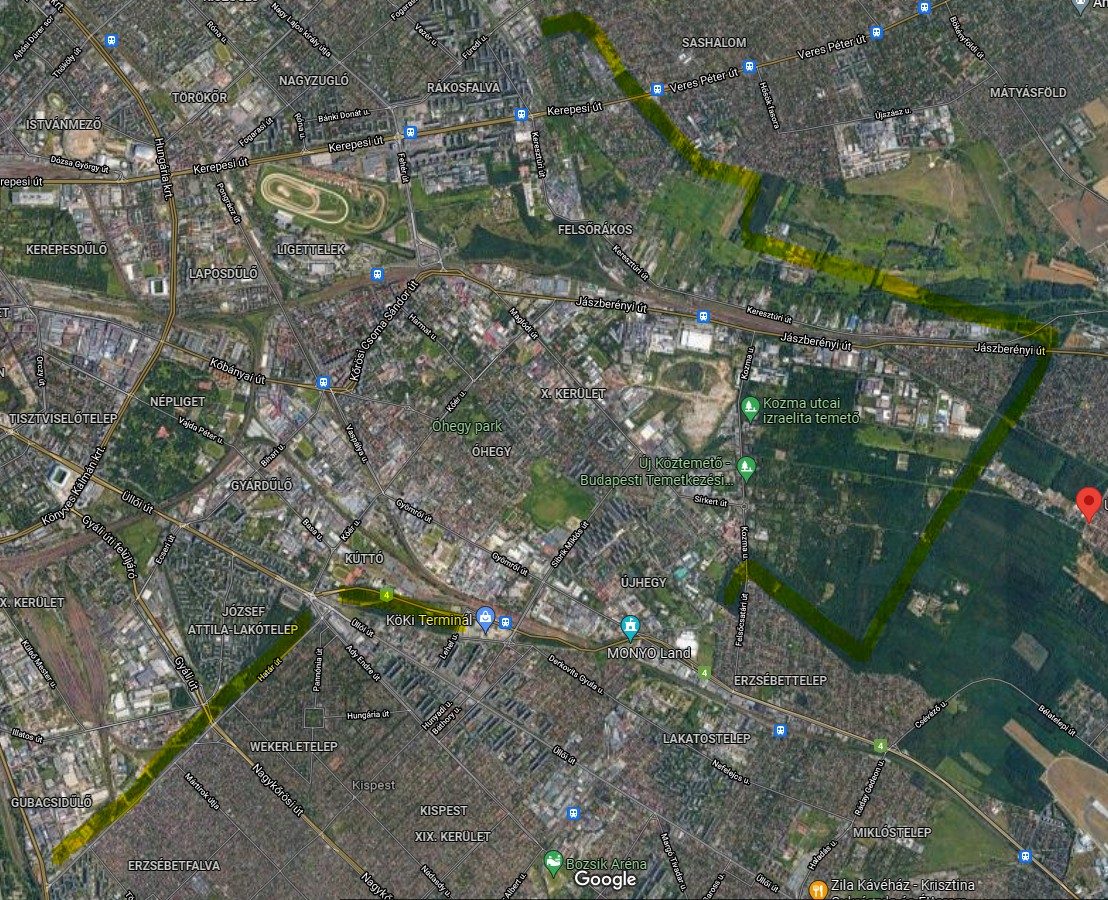 The former border is well drawn by the forest strip that still exists in many places (Photo: Dávid Palotás/pestbuda.hu)
The former border is well drawn by the forest strip that still exists in many places (Photo: Dávid Palotás/pestbuda.hu)
At the turn of the century, only the area of the cemetery and the Határ Forest was covered with trees. During the siege of Budapest, on the outside of the forest strip, the Hungarians built a multi-layered line of defence against the Soviet attack on the sandy ground. This was the Attila Line, which consisted of tank trenches, infantry trenches, connecting trenches, and bunkers. There was, of course, a minefield and other artillery defences installed.
.jpg) A beautifully reconstructed part of tank trenches (Photo: Dávid Palotás/pestbuda.hu)
A beautifully reconstructed part of tank trenches (Photo: Dávid Palotás/pestbuda.hu)
.jpg) Original ditch rediscovered for infantry (Photo: Dávid Palotás/pestbuda.hu)
Original ditch rediscovered for infantry (Photo: Dávid Palotás/pestbuda.hu)
.jpg) This bunker is particularly interesting, as it presumably remained from World War I as an observation post, which was, of course, renovated and expanded during the siege of World War II (Photo: Dávid Palotás/pestbuda.hu)
This bunker is particularly interesting, as it presumably remained from World War I as an observation post, which was, of course, renovated and expanded during the siege of World War II (Photo: Dávid Palotás/pestbuda.hu)
After the war, then Ferihegy Airport became a major investment, and according to urban legends, today's large forest, augmented with acacia, served to protect the airport from the sand. There may be so much truth in this that the winds are mostly west-northwest, thus protecting the runway. In any case, it is a fact that the largest continuous green area of today's Pest side, which shows a rather mixed forest image, was formed quite slowly. Most of it is acacia, but there is also a species border on the border of the two districts, which used to be the real border of Budapest (today's 10th and 17th Districts). In this way, the forest image also changes more markedly.
.jpg)
A concrete column marking the old city border in the depths of the forest (Photo: Dávid Palotás/pestbuda.hu)
The area of the forest was therefore an open field for previous fights, so associated military graves can be found on the study trail.
.jpg) Military grave in the forest (Photo: Dávid Palotás/pestbuda.hu)
Military grave in the forest (Photo: Dávid Palotás/pestbuda.hu)
The trail leads visitors around the more interesting parts. An example is a wooden platform built on the outside of the cemetery fence from which everyone can catch a glimpse of the famous plot 301. This is a brilliant solution.
.jpg) The wooden platform from which everyone can see plot 301 (Photo: Dávid Palotás/pestbuda.hu)
The wooden platform from which everyone can see plot 301 (Photo: Dávid Palotás/pestbuda.hu)
.jpg) Rear view of plot 301 (Photo: Dávid Palotás/pestbuda.hu)
Rear view of plot 301 (Photo: Dávid Palotás/pestbuda.hu)
The study trail also showcases more interesting plant occurrences, such as the history of introduced red oak and common hackberry. The former was planted here by humans, the latter by birds. Deer can be easily seen, the population can be rich, but there is no water in the area, so this limits further possibilities. The forest is more interesting from a historical point of view, but there is also an information board showing the living community covering deadwood and the open forest grass steppe at the time of the conquest.
It is striking that there is hardly any rubbish in the area. That was not expected in advance. This is definitely a pleasant disappointment because unfortunately, our capital and its surroundings are not famous for their cleanliness. Pestbuda barely met people, only cyclists commuting between the two districts (17th and 18th). The running track is also well marked, everything is clear, no one can get lost. The running track crosses the study trail several times, but it was very well resolved that the two should not follow one route. So whoever visits the Forest of Keresztúr for recreational purposes, feel free to do so, they will not encounter a lot of crowds, but deer.
.jpg) The depths of the forest (Photo: Dávid Palotás/pestbuda.hu)
The depths of the forest (Photo: Dávid Palotás/pestbuda.hu)
There is also a playground for families in the woods. One is located near the Helikopter residential park, the other on the Pestszentlőrinc side. The latter is Tünde Park, although it is more of a leisure park with sports fields.
However, the entire forest surface is not covered by the study trail or the running track. Anyone who is up for a challenge can walk all the way south to the airport fence. What is a little distracting throughout the forest is the noise from the planes. Nowadays, in 2021, there are noticeably fewer stops in Ferihegy, but even this can be quite disturbing because of the especially loud engines. Regardless, it is definitely worth at least one visit, because this forest carries the modern history of the city. The execution and professional materials of the whole outdoor demonstration are of an excellent standard. Pestbuda thanks everyone involved for the sacrificial work this time as well.
Cover photo: Tank trenches in the Forest of Keresztúr (Photo: Dávid Palotás/pestbuda.hu)

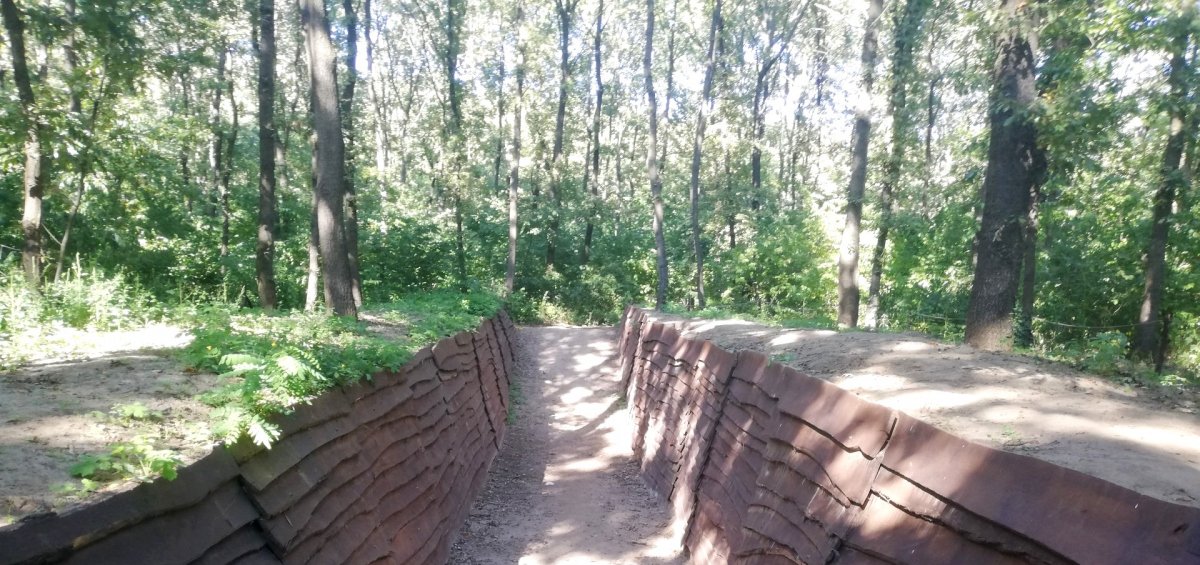
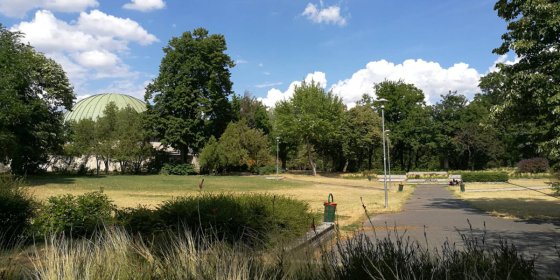
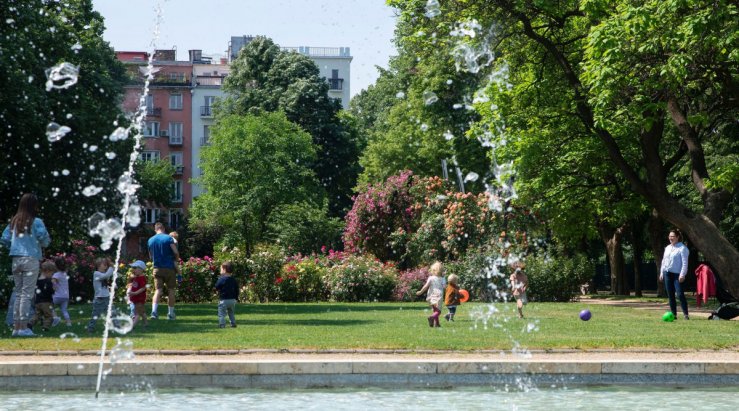
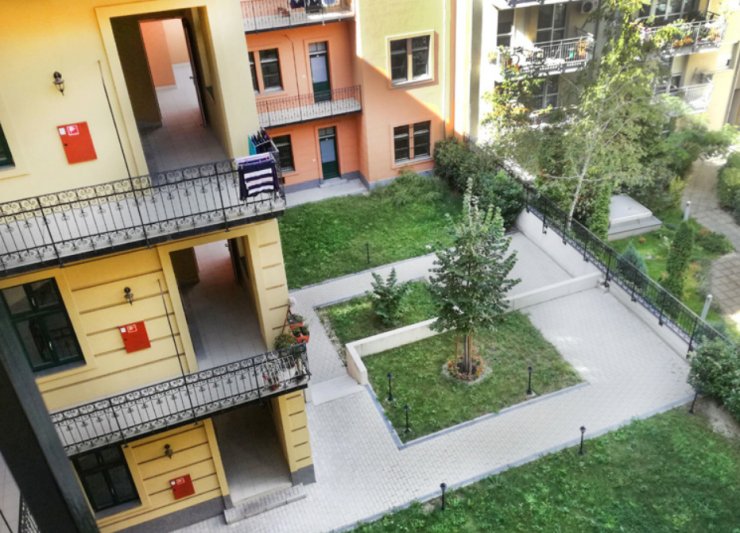

































Hozzászólások
Log in or register to comment!
Login Registration